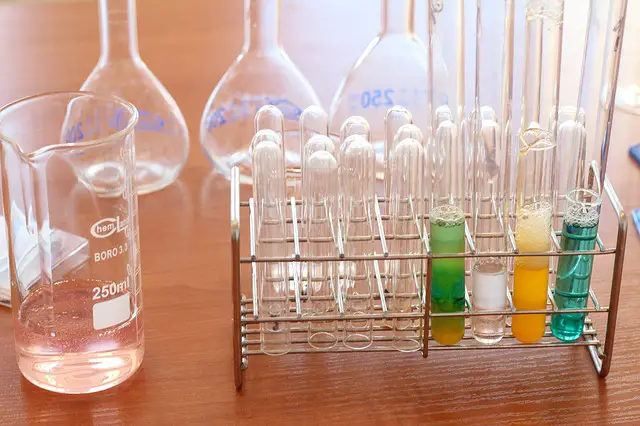The number of chemical reactions occurring around us can run into the untold millions.
Fortunately, making sense of these mind-boggling numbers is straightforward since we can classify the reactions into a few easily recognizable types.
For example, a combination reaction is a special category of reactions where two or more substances react together to form one compound.
The reactant substances can either be elements or compounds. These types of reactions are also known as synthesis reactions since it results in new substances forming.
The general form of such a reaction can be given as:
X + Y → XY
In the above reaction, X and Y represent elements or compounds. These combine to form the compound XY.
Since a new substance is formed from the reaction, this means new chemical bonds are formed in order to bind the separate substances together.
Types of Combination Reactions
Combination reactions can be of 3 types:
- Element and an Element: When two elements such as a metal and non-metal react, they usually form a single ionic compound. For example, the familiar table salt that we use for seasoning food is formed by a combination reaction between a metal and a nonmetal.
Example: Na(s) + Cl₂ →NaCl(s) (sodium metal combining with chlorine gas to produce sodium nitrate salt)
- An element and a compound: When an element and a compound react together, you end up forming a new compound as the product.
Example: O₂ (g) + CO (g) → CO₂ (g) (oxygen combining with carbon monoxide to produce carbon dioxide)
- A compound and a compound: When 3 compounds react together in a combination reaction, they come together and form another single compound as the product.
Example: CaO (s) + CO₂ (g) → CaCO₃ (s)
(Calcium oxide also called quick lime combining with carbon dioxide to produce calcium carbonate also called limestone)
Here are 7 combination reaction examples in our daily life.
1. Combustion Reactions
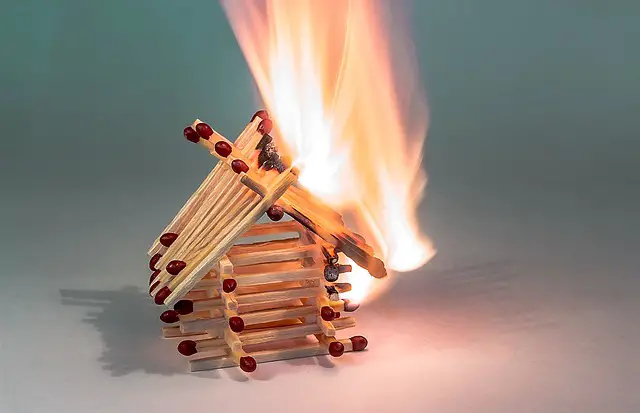
Most combustion reactions we encounter have carbon dioxide as the product. For example, fossil fuels typically contain carbon which can be burnt as a fuel with oxygen to release energy.
This has made carbon fossil fuels an environmental hazard because the excess carbon dioxide in the air leads to global warming and climate change.
Burning coal is a common combustion reaction familiar to most of us. It can be written as:
C(s) + O₂(g) → CO₂ (g) (carbon solid combining with oxygen gas to produce carbon dioxide gas)
2. Falling acid rain
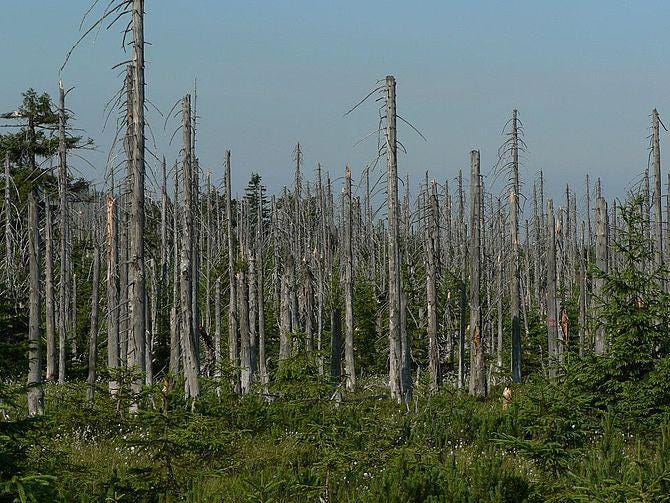
Do you know that sometimes it can rain acid?
When the atmosphere has pollutants such as sulfur oxides, falling rainwater meets them in the air.
The result is that a combination reaction takes place in which rainwater and sulfur oxide combine to form sulphuric acid, which is a compound.
SO₃(g)+H₂O(l)→H₂SO₄(aq)
Related post: Has it Ever Rained Fish?
3. Forming Calcium hydroxide
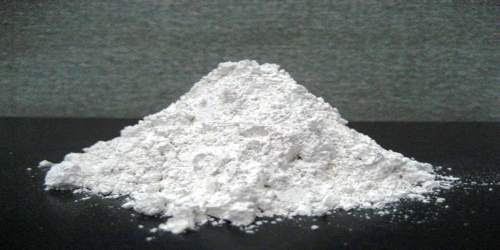
Calcium hydroxide is the white odorless powder that is used for dental treatments such as filling root canals.
In industry, it has applications in treating sewage, processing food, and producing paper.
You can use a combination reaction between quicklime and water to produce it.
CaO(s) + H₂O(l) → Ca(OH)₂(s)
4. Formation of Sal ammoniac
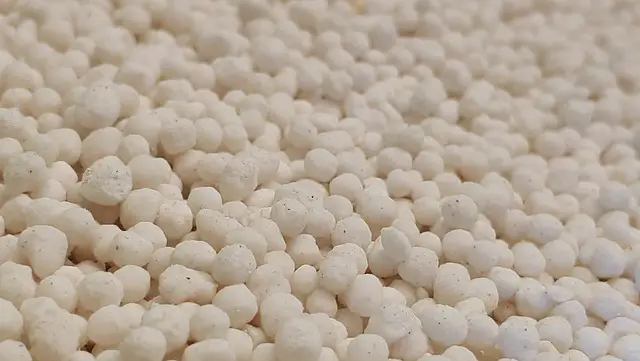
If you are a heavy user of fertilizer, then you may be an unwitting fan of sal ammoniac.
This is a colorless crystalline salt that comes from a combination of ammonia and hydrogen chloride.
When you combine ammonia vapor with hydrogen chloride gas, you have the following combination reaction with a white-colored solid as the product (ammonium nitrate).
NH₃(g) + HCl(g) → NH₄Cl(s)
5. Ammonia gas manufacturing
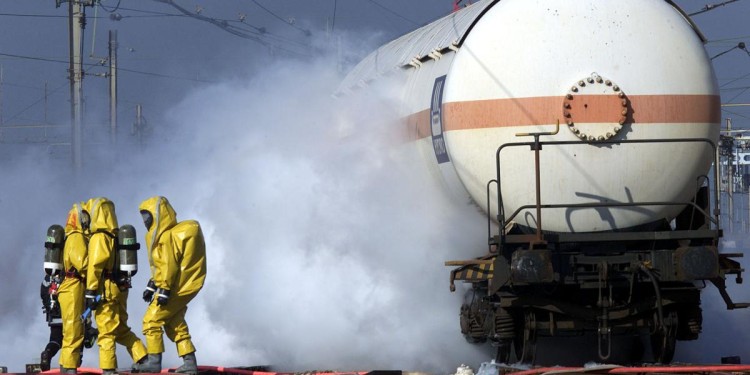
Ammonia gas has a wide variety of uses in our lives such as purifying water, dye products, refrigerant gas, and also as explosives.
Most farming also relies on ammonia for fertilizers.
The following combination reaction of nitrogen gas and hydrogen gas can be performed to produce ammonia gas.
N₂(g) + 3H₂(g) → 2NH₃(g)
6. Soap Production
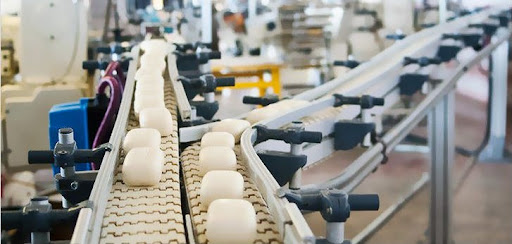
Your favorite soap was probably made from sodium hydroxide. This compound is also useful in the production of dyes, petroleum products, paper, and even explosives.
A combination reaction that combines water and sodium oxide is used to form sodium hydroxide.
Na₂OH(s) + H₂O(l) → 2NaOH(s)
7. Pigments

Do you have a favorite hair dye? Chances are that you stumbled onto iron sulfide. This is popularly used as a pigment in many hair dyes.
It’s also used for coloring ceramics and glass containers, giving them a beautiful ornamental finish.
By heating up sulfur powder and iron pieces, we can have the following combination reaction that leads to the ferrous sulfide formation.
Fe(s) + S(s) →FeS(s)
Closing Thoughts
One more thing to remember about combination reactions is that bonding produces energy!
That is just like people for whom bonding brings energy in the relationship.
So, since this makes combination reactions exothermic, we ought to ask how exothermic is your latest social bonds?

